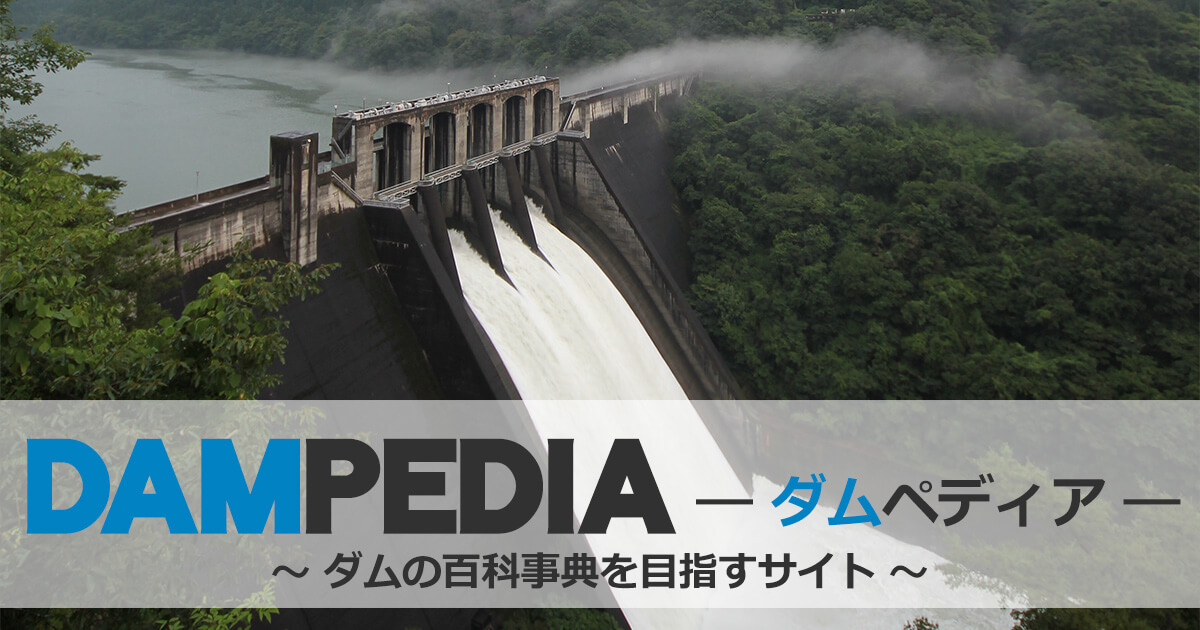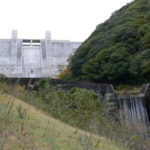Reading: Buttress Dam
Also known as: Relief wall dam (Fuhhexiki Dam)
Abbreviations: Japanese "B" (English: Buttress Dam), World "CB" (French: Barrage a contreforts, English: Buttress Dam)
Buttress dams, also known as "support-wall dams," are dams that use concrete walls for support. There are only six such dams in Japan, and the Mitaki Dam (Tottori Prefecture), completed in 1937, was the last buttress dam in Japan. Because cement was an expensive material before World War II, buttress dams, which require less cement than gravity-type concrete dams, attracted attention and were constructed. However, as cement became less expensive, it was difficult to find engineers to work on the formwork, maintenance was not easy and costly, and there were durability problems.
The existing buttress dams are Marunuma Dam (0595-Marunuma Dam) in Gunma Prefecture, Sasanagare Dam (0014-Sasanagare Dam) in Hokkaido, Onbara Dam (1852-Onbara Dam) in Okayama Prefecture, Mitaki Dam (1673-Mitaki Dam) in Tottori Prefecture, and Manate Dam (0815-Matsutate Dam) in Toyama Prefecture. (0815-Matsutate Dam) and Magawa Dam (0817-Magawa Dam) in Toyama Prefecture, each of which is recognized as a "Modern Civil Engineering Heritage" by the Japan Society of Civil Engineers because they are valuable structures in the history of civil engineering. In addition, Marunuma Dam is designated as a National Important Cultural Property and Onba Dam as a National Registered Tangible Cultural Property.




Comment